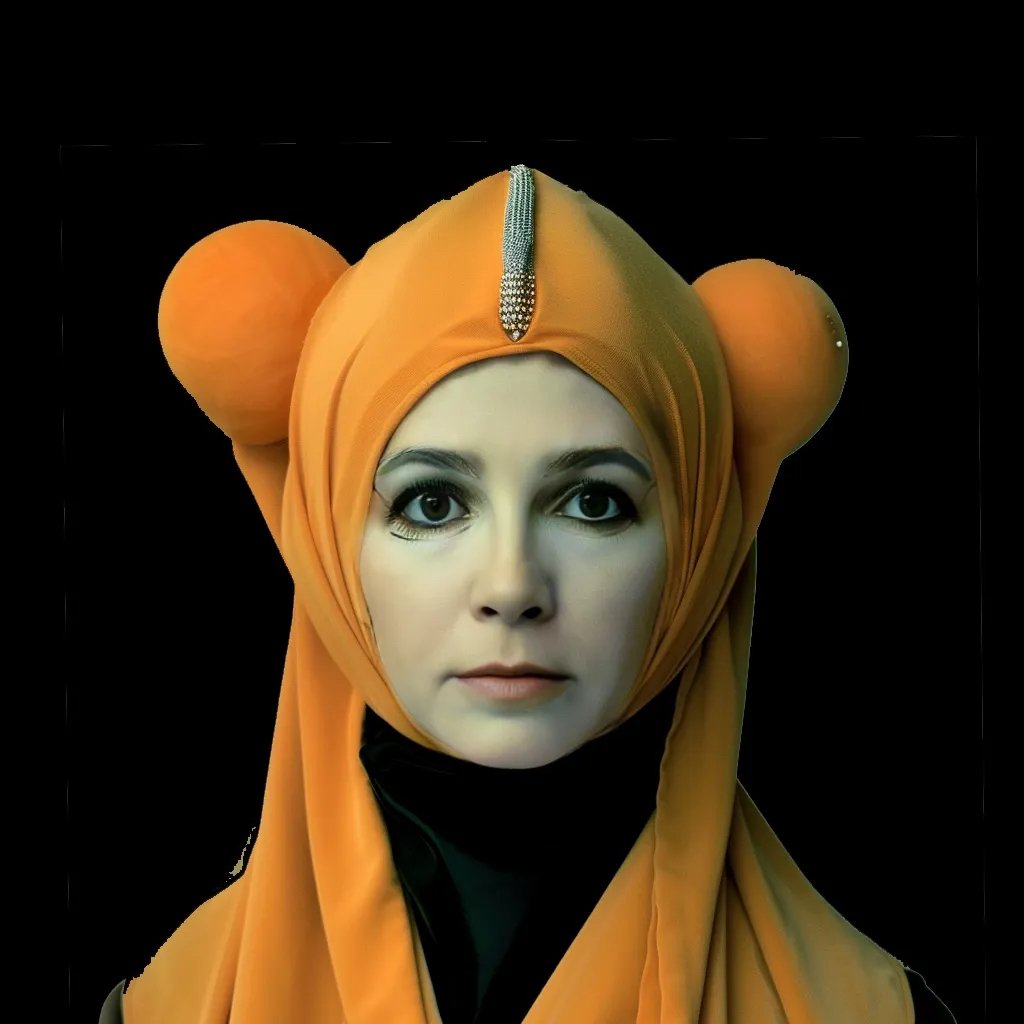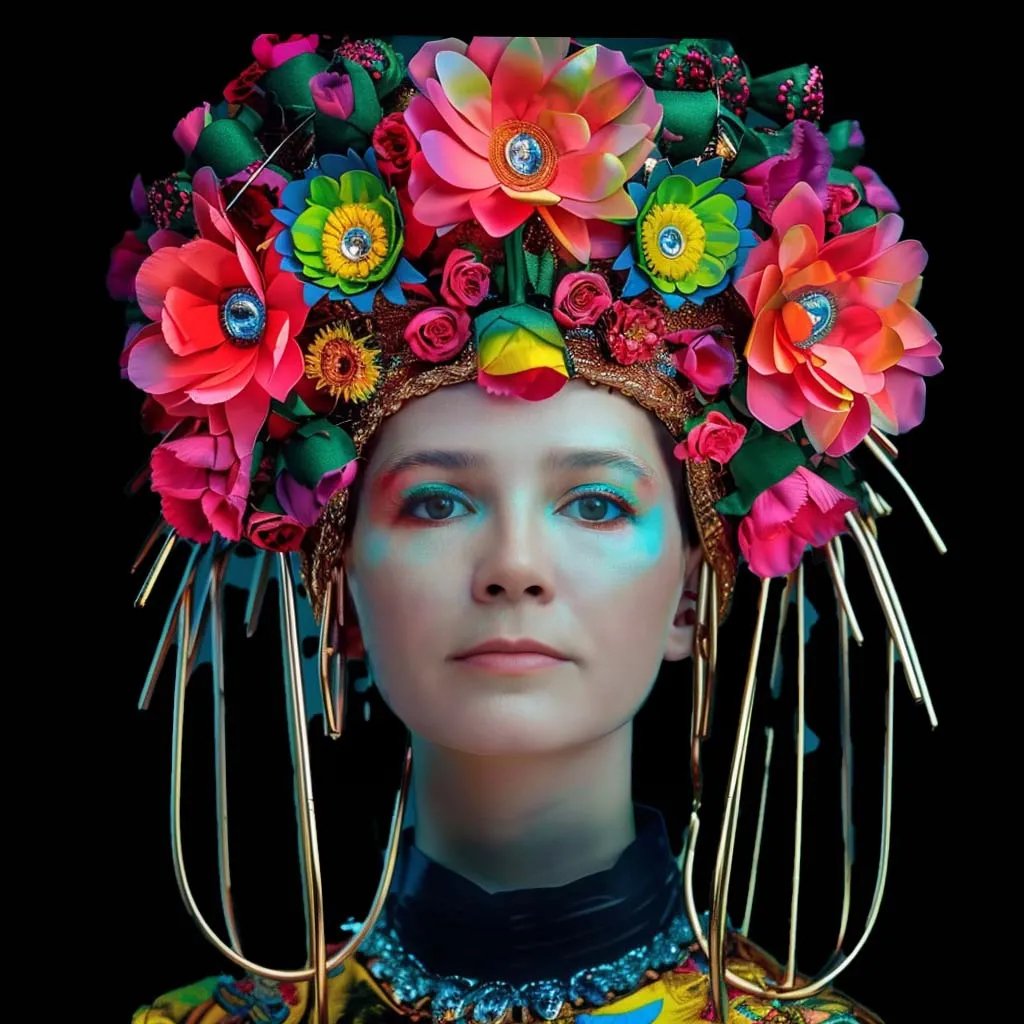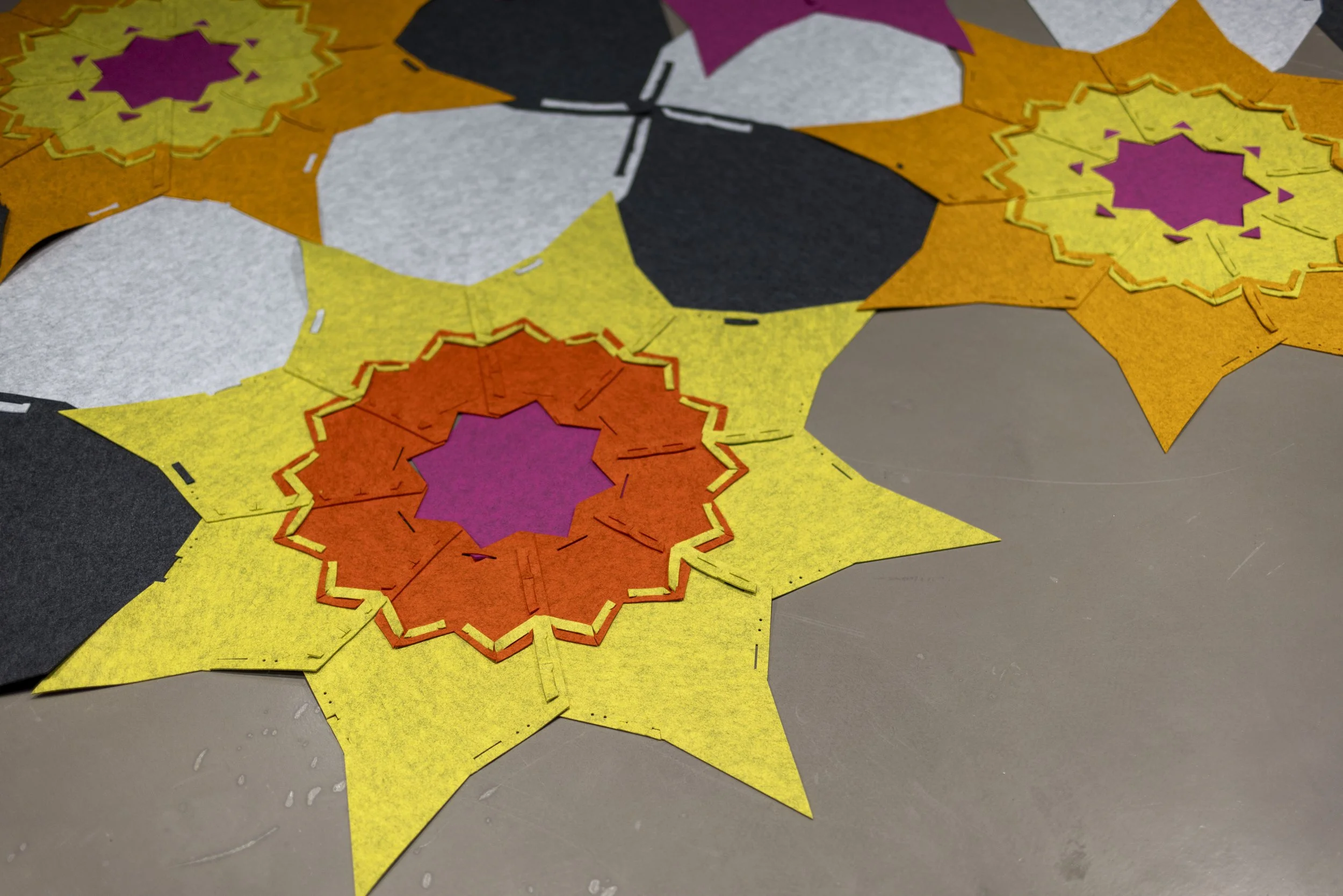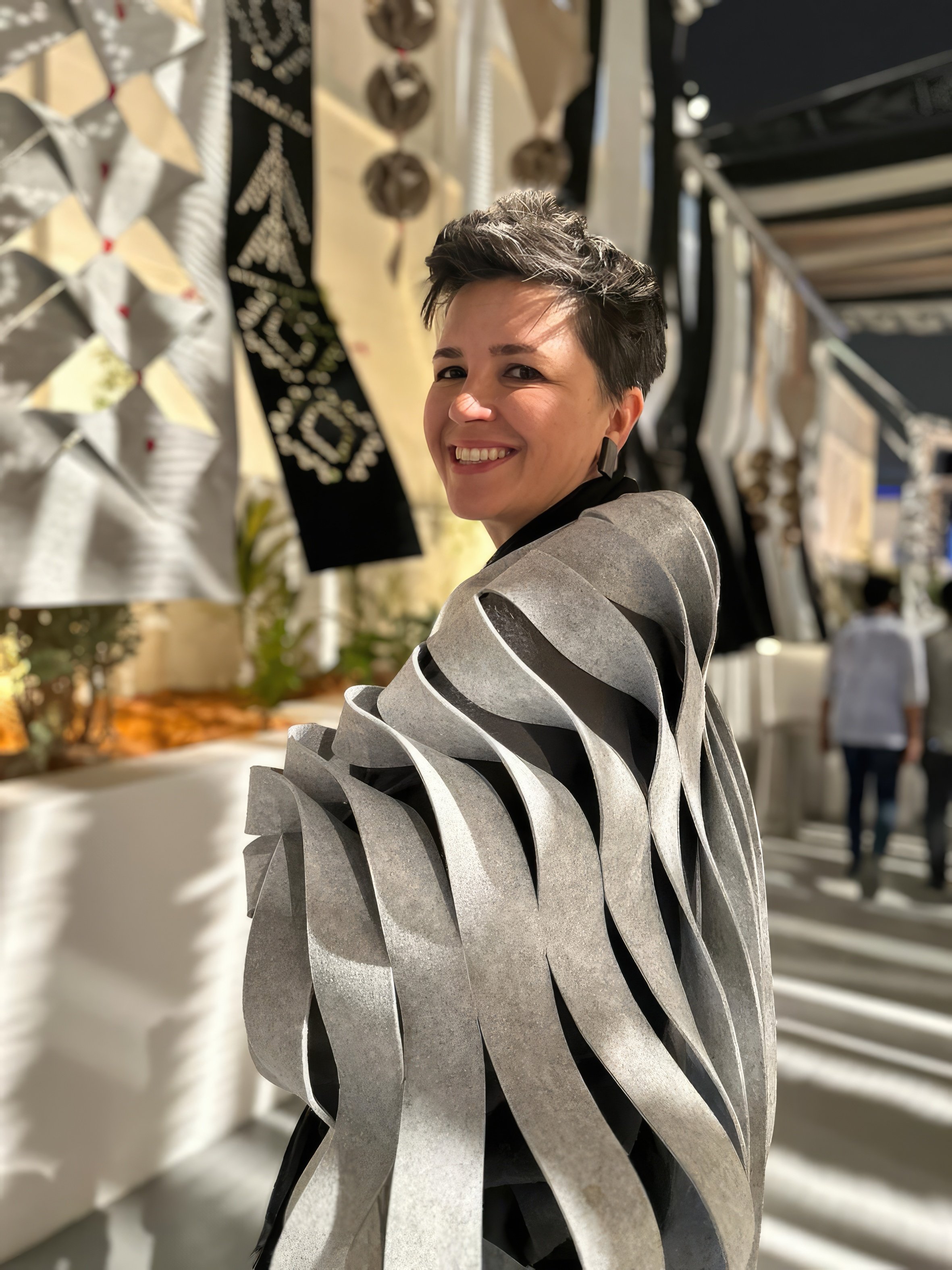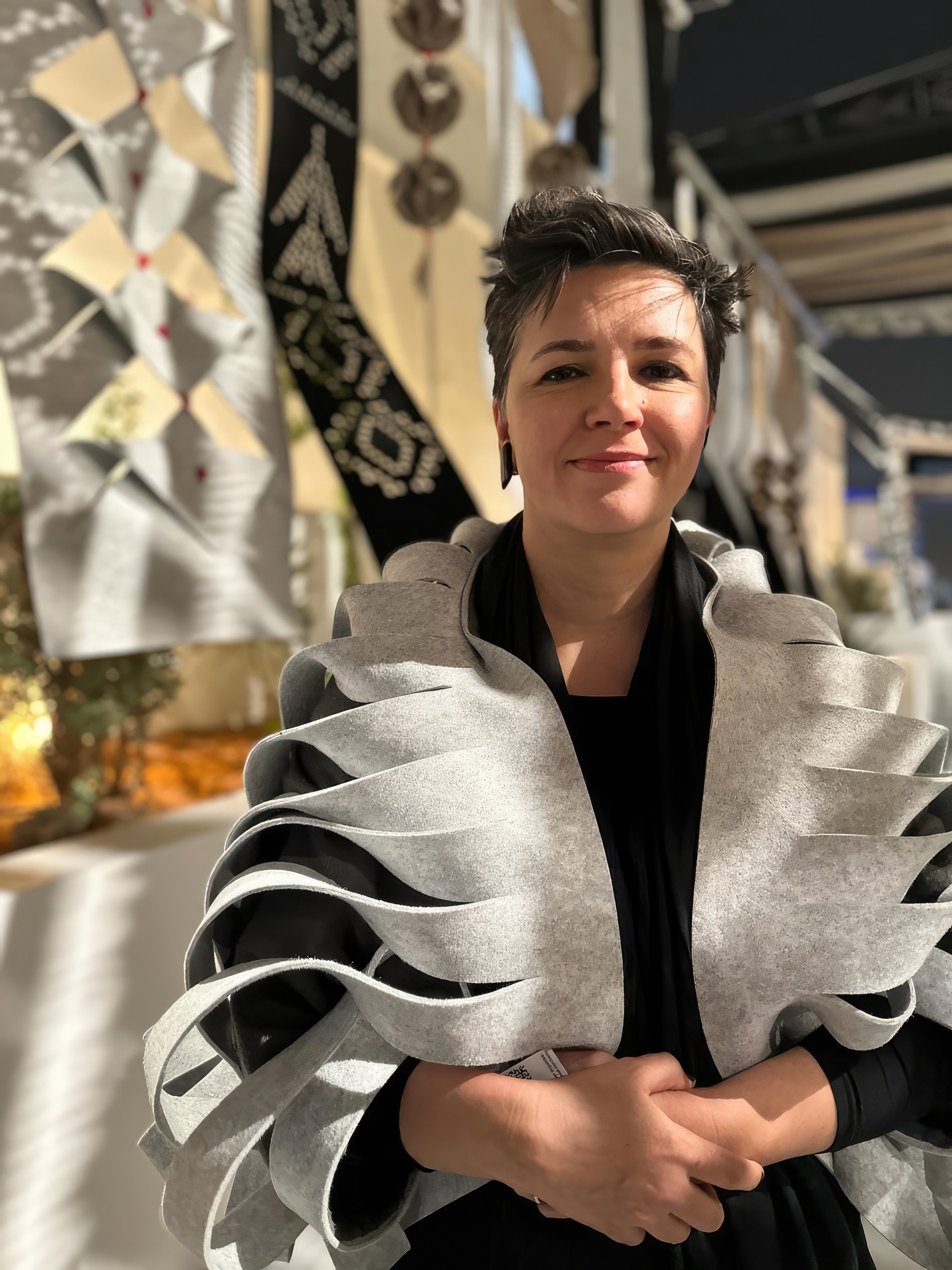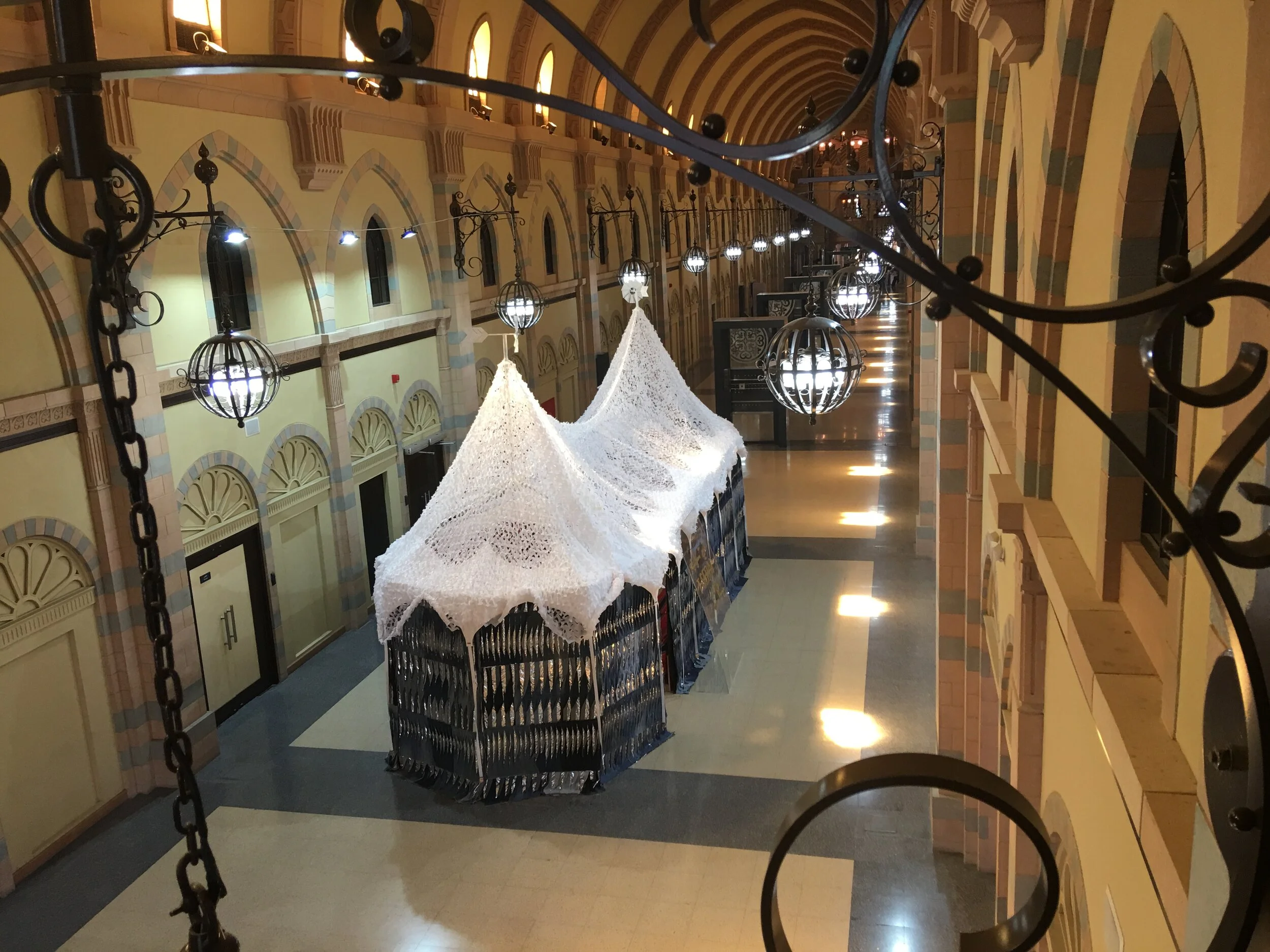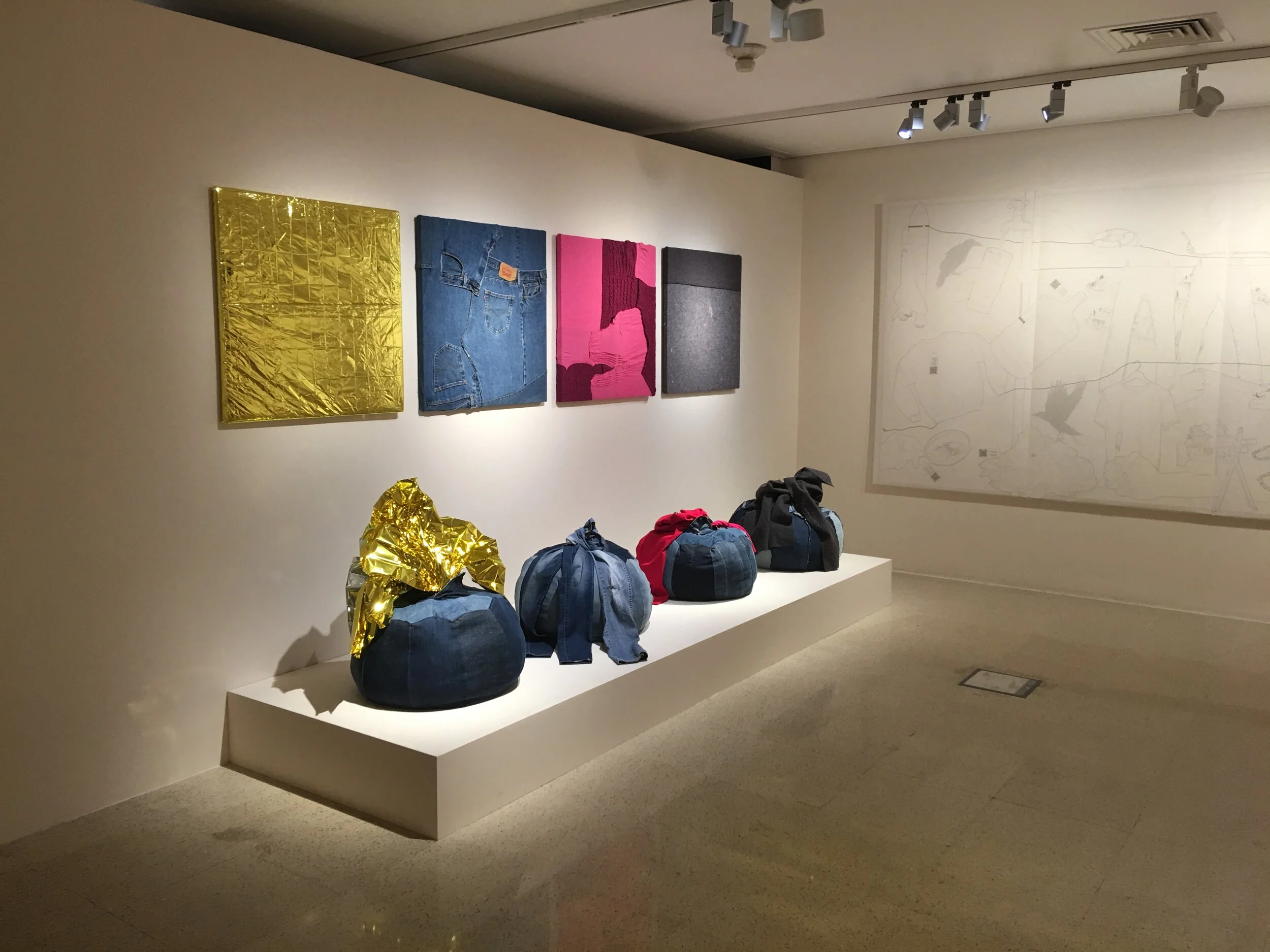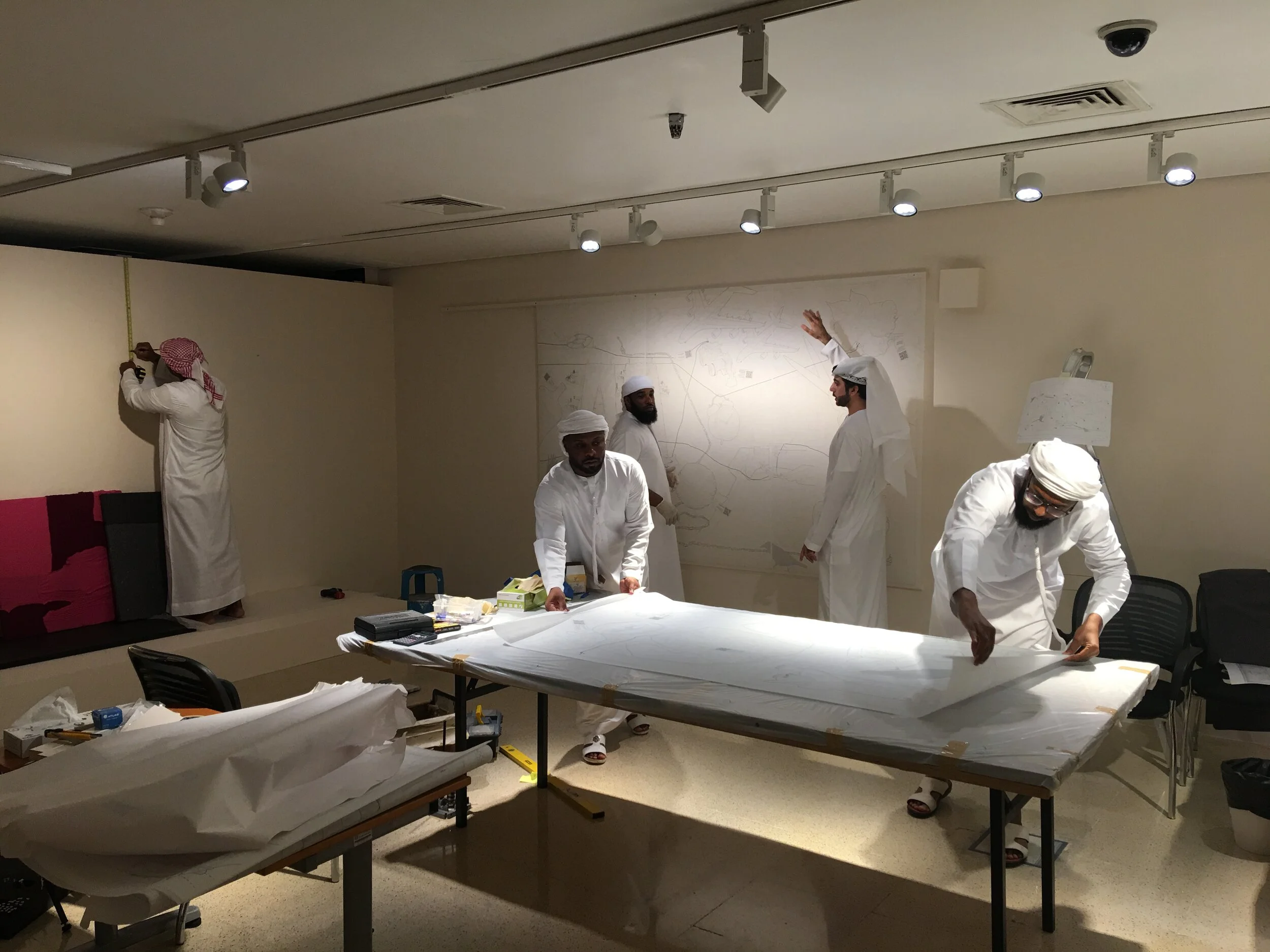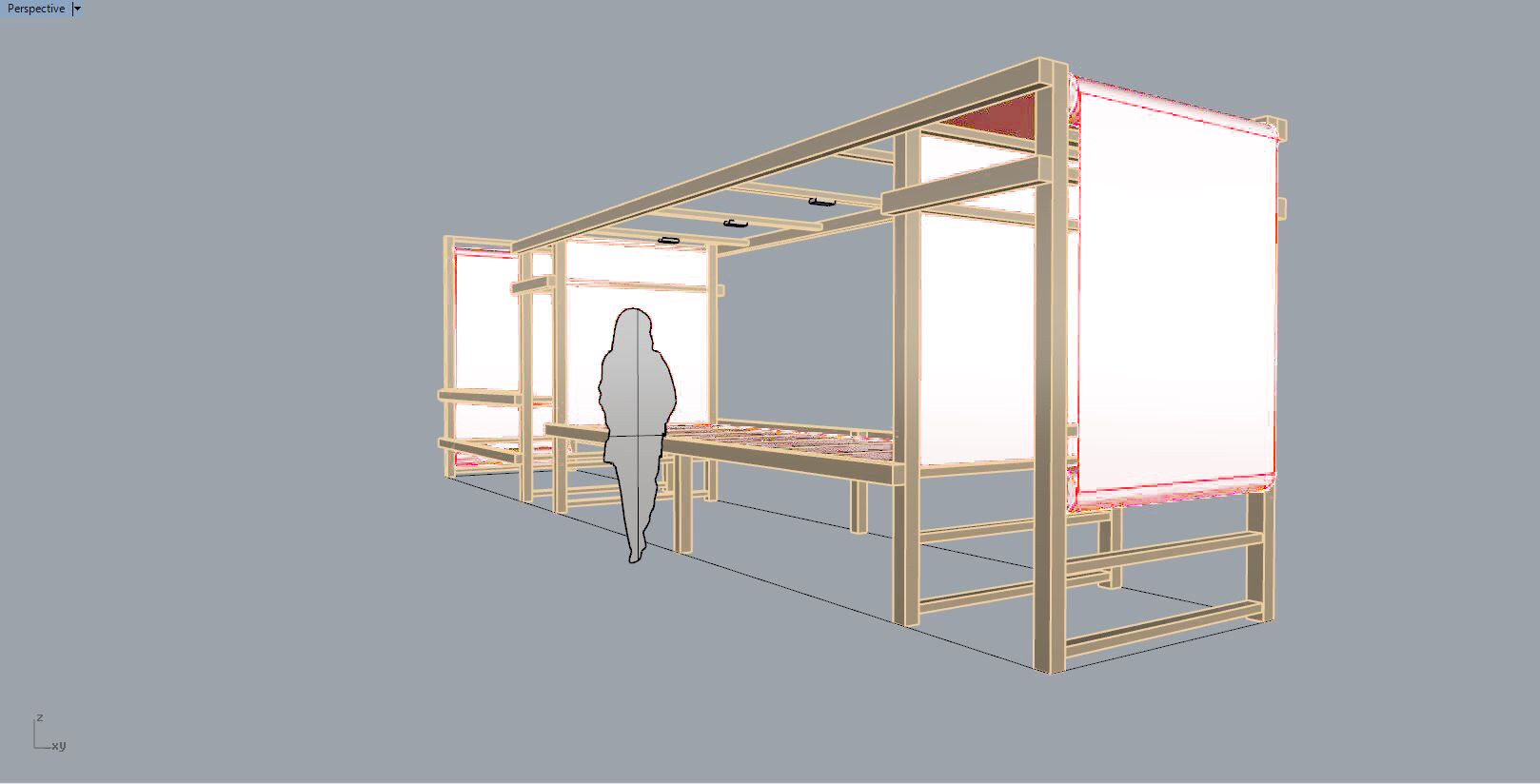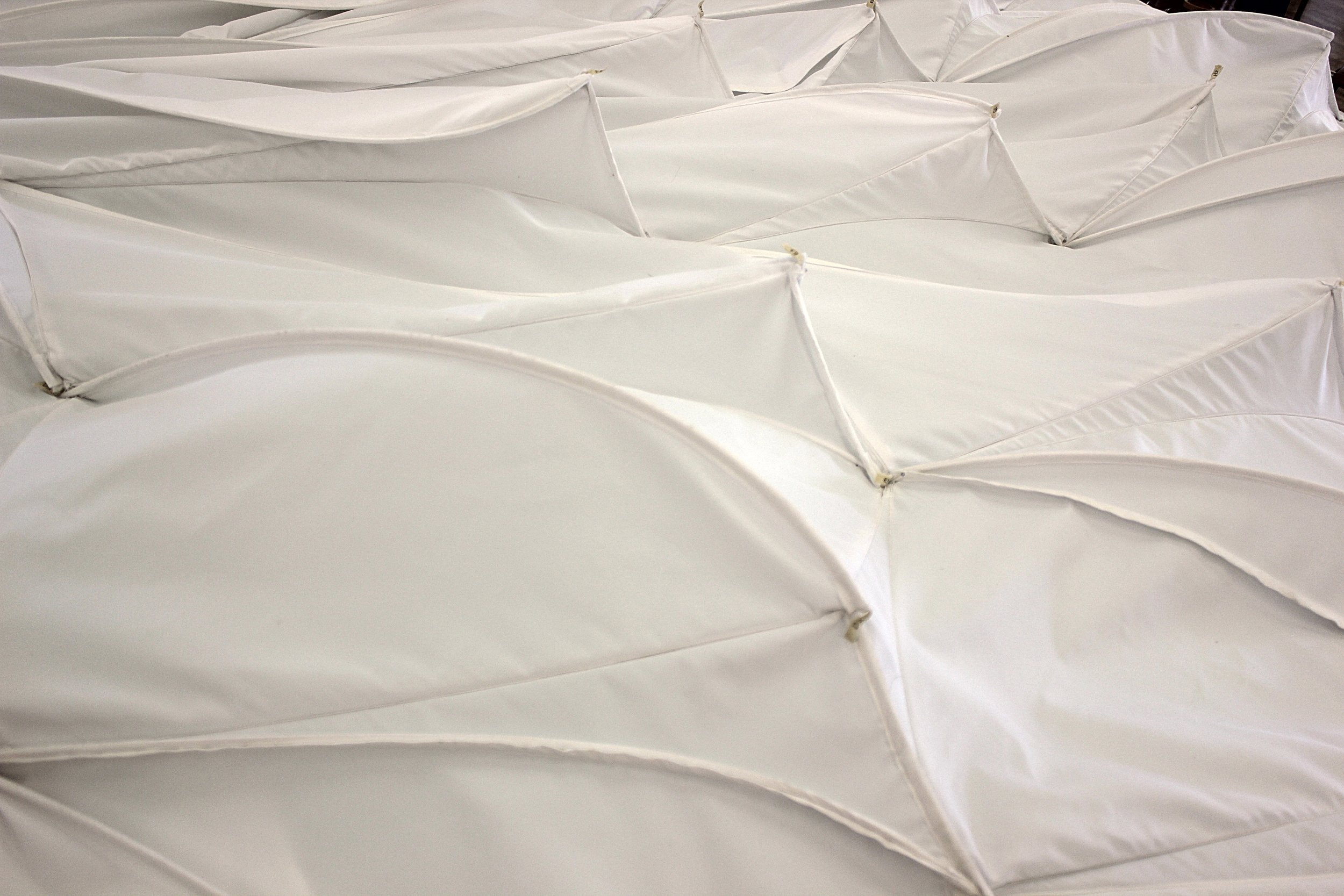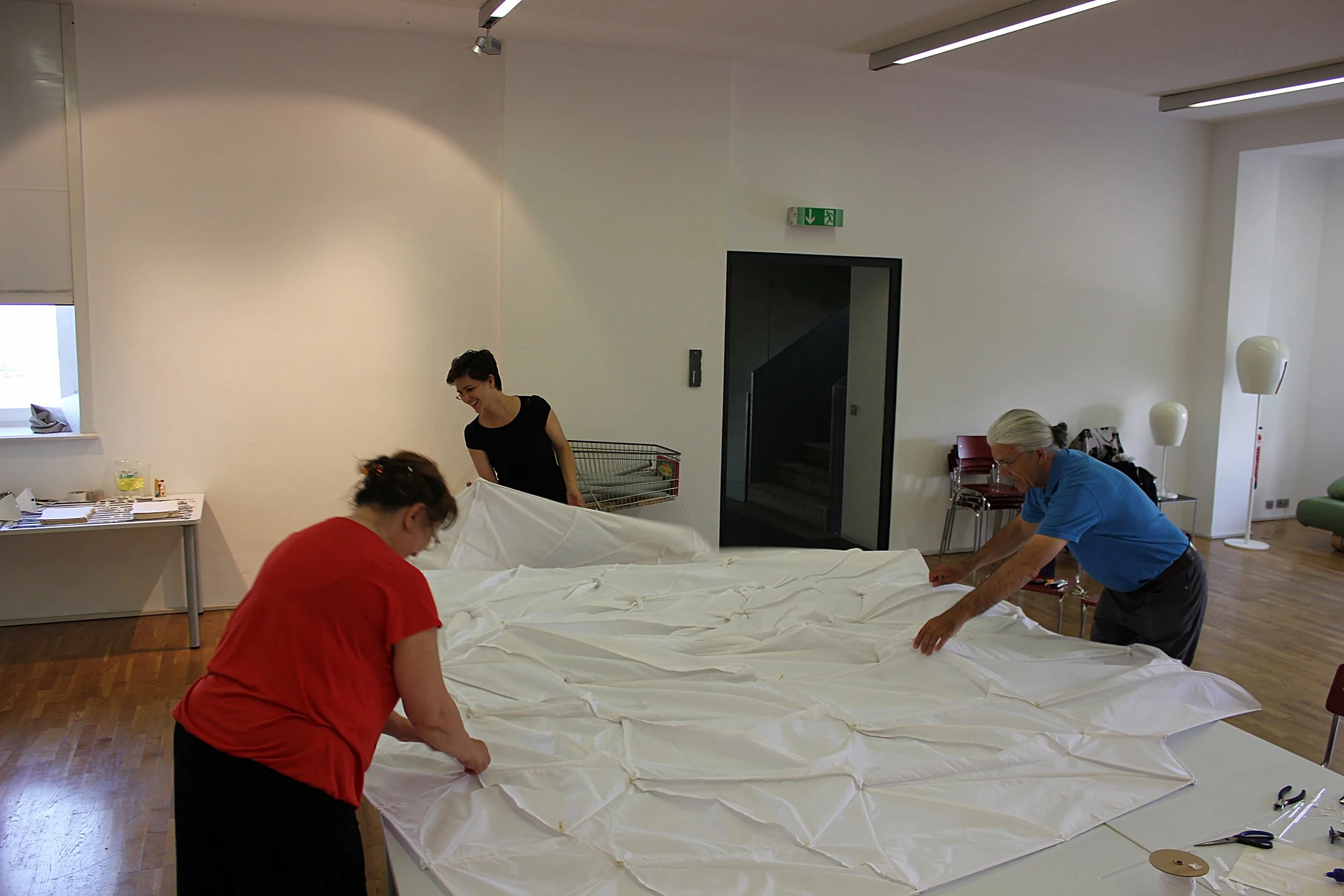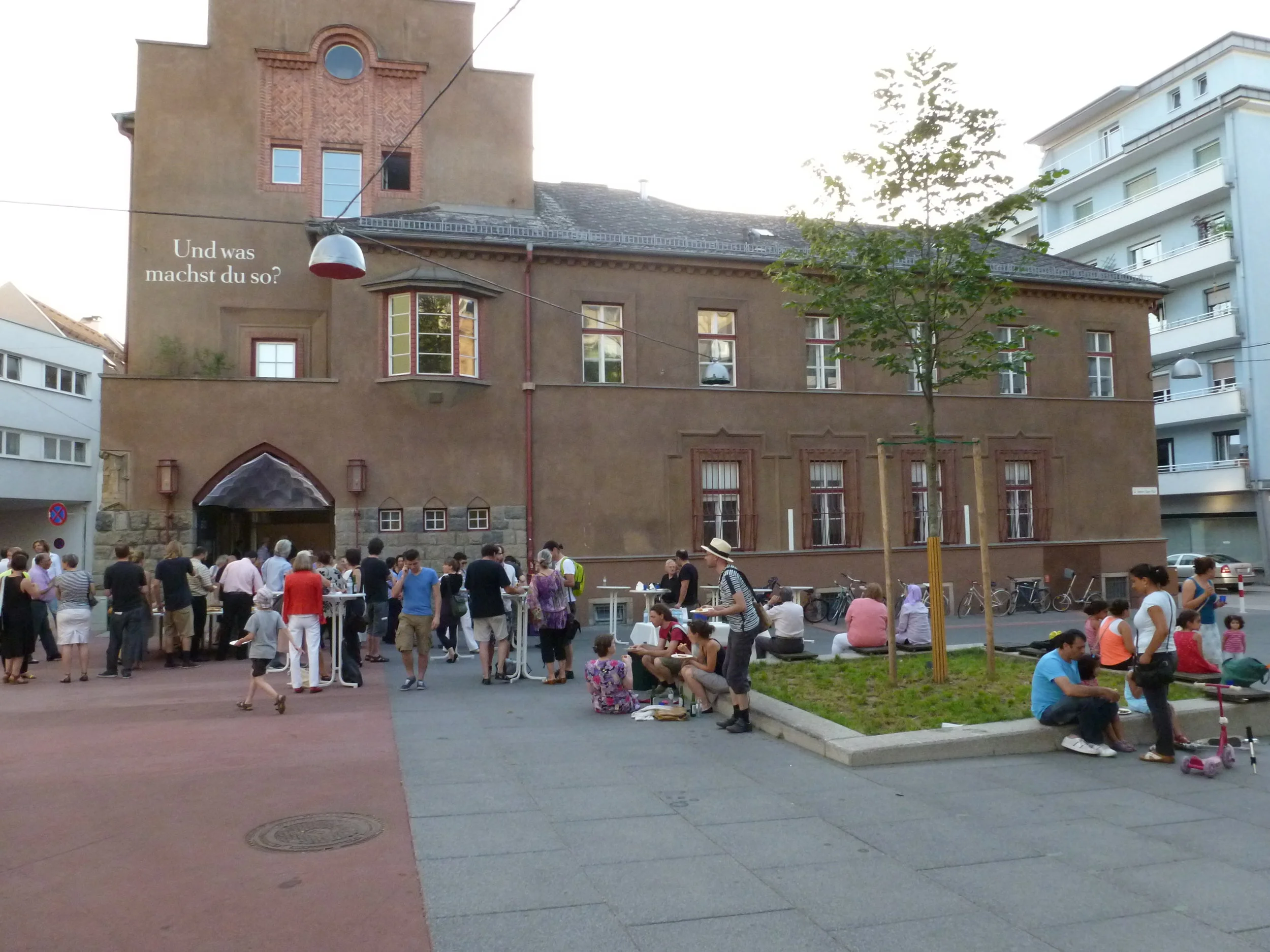The Lightweaver is a kinetic lighting sculpture, which was developed as a co-creation with the artists, engineers, and inventors from Boston, Amman, and the Al Azraq Refugee Camp in Jordan. The project represents both, a poetic and utilitarian response to everyday life problems in the refugee camp: it addresses the visual austerity of shelters through the design of lamps that function as an educational tool and means for cultural preservation and individual expression. The device employs light and a DIY pinwheel-driven machine to animate stories designed by their creators through a three-dimensional light weaving. The device can be used to personalize the interior spaces of the refugee camp shelters. The Lightweaver translates stories from textiles and calligraphy into a sensory play of light, aiming to preserve cultural memory and inspire hope.
The cross-disciplinary course developed around this project includes lessons in cultural history, textile weaving, calligraphy, basics of mechanical and electrical engineering. The course is investigating the role of art, design, and technology as a means for the sensory enrichment of the refugee shelters and as a medium to dignify stateless people within conditions of limited resources, war and trauma. The Lightweaver proposes a way of rethinking the shelter beyond its functionality as a physical protection: by creating immersive cultural environments within refugee camps, the project aims to provide means for psycho-social aid, cultural preservation, job creation and education through play and knowledge exchange across borders.
Click here to see a 15min. presentation about the Lightweaver project.
Click here to see a 5min. video of Al Azraq camp residents reflecting on the Lightweaver project.
.........................................................
CREDITS:
Concept by Azra Aksamija.
Phase I prototypes developed by: Azra Aksamija, Allison James, Joshua Jest, Lillian Kology, Xinyi Ma, Melina Philippou.
Phase II prototypes developed and documented in Al Azraq camp by: Azra Aksamija, Hussain Al-Abdullah, Hatem Al-Balkhy, Omar Al-Darwish, Mo’ayad Al-Eid, Wa’el Al-Faraj, Sufyan Al-Ghoutany, Nasina Haidar Al-Mansour, Jar Al-Naby Abazaid, Mohammad Assaf, Jehad Assaf, Mohammad Ghassan, Mustafa Hamadah, Hanaa Hasan, Rawan Hussein, Abdulkarim Ihsan, Ahmad Khalaf, Lillian Kology, Zeid Madi, Manisha Mohan, Nabil Sayfayn, with the support of CARE Jordan. Documentation by Al Azraq Journal team: Hussain Al-Abdullah, Jamil Hameidy, Yassin Al-Yassin, Mohammad Al-Qo’airy, Mohammad Al-Mez’al.
Phase III prototypes developed and documented by: Lisbeth Acevedo Ogando, Azra Aksamija, Seth Avecilla, Lily Bailey, Pedro Cardoso Zylbersztajn, Baian Chen, Gabriel Fields, Beatriz Gonzalez, Kevin Gonzales, Marlo Johnson, Lillian Kology, Shannon Miller, Ankita Reddy, Pooja Reddy, Rikhav Shah.
Phase IV prototypes will be developed at GJU with Al Azraq camp residents and GJU students, along with Omar Al-Darwish and Zeid Madi.
Project video filmed by Al Azraq journal team: Hussain Al-Abdullah, Jamil Hameidy, Yassin Al-Yassin, Mohammad Al-Qo’airy, Mohammad Al-Mez’al. Video 1 edited at MIT by: Zacharia Jama. Video 2 edited at GJU by: Zedi Madi, Zaid Qarout.
The project is produced with the generous support by: MIT Future Heritage Lab; CAST Mellon Faculty Grant; MIT Arab World Program; MISTI Global Seed Funds Program and CARE Jordan.





















